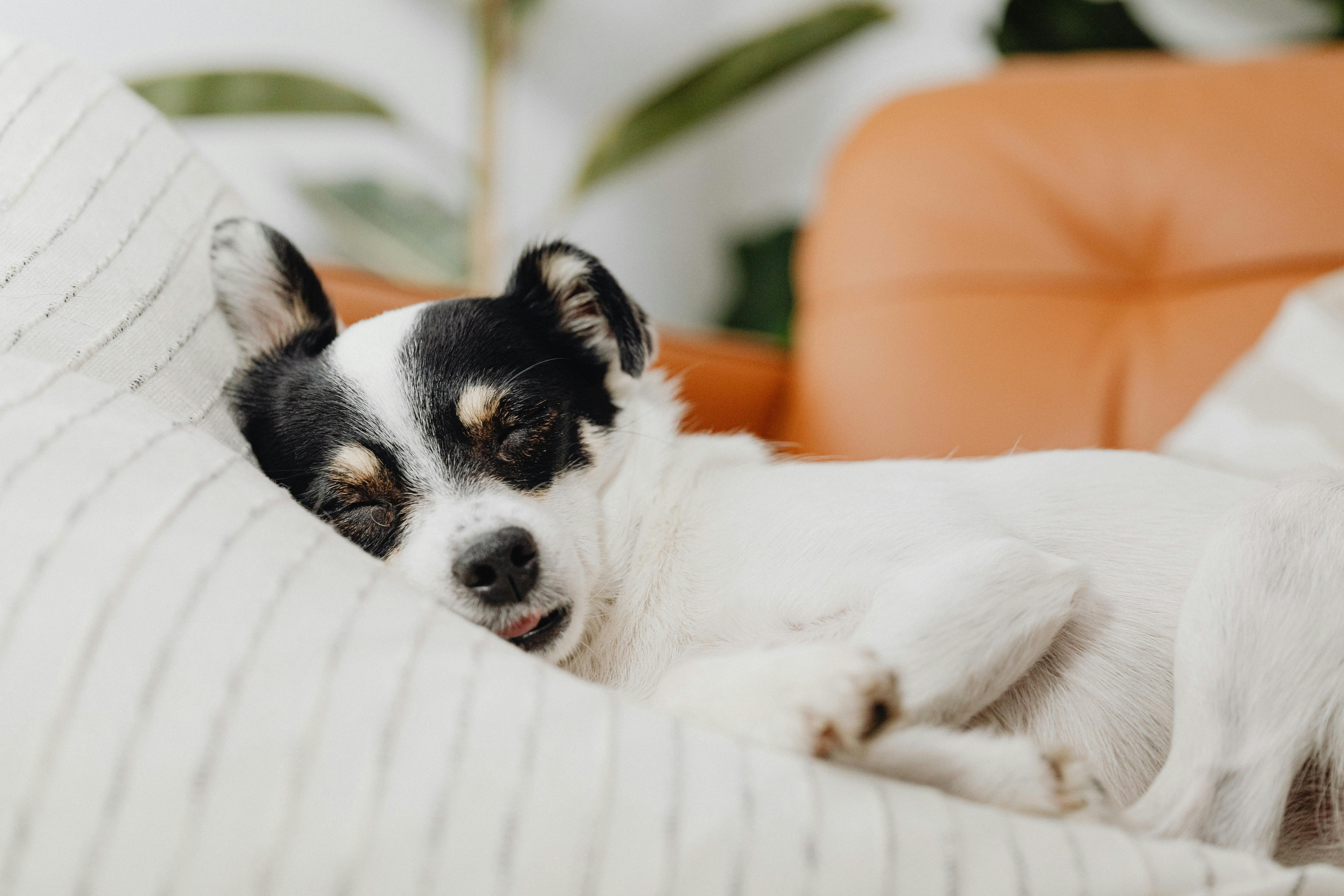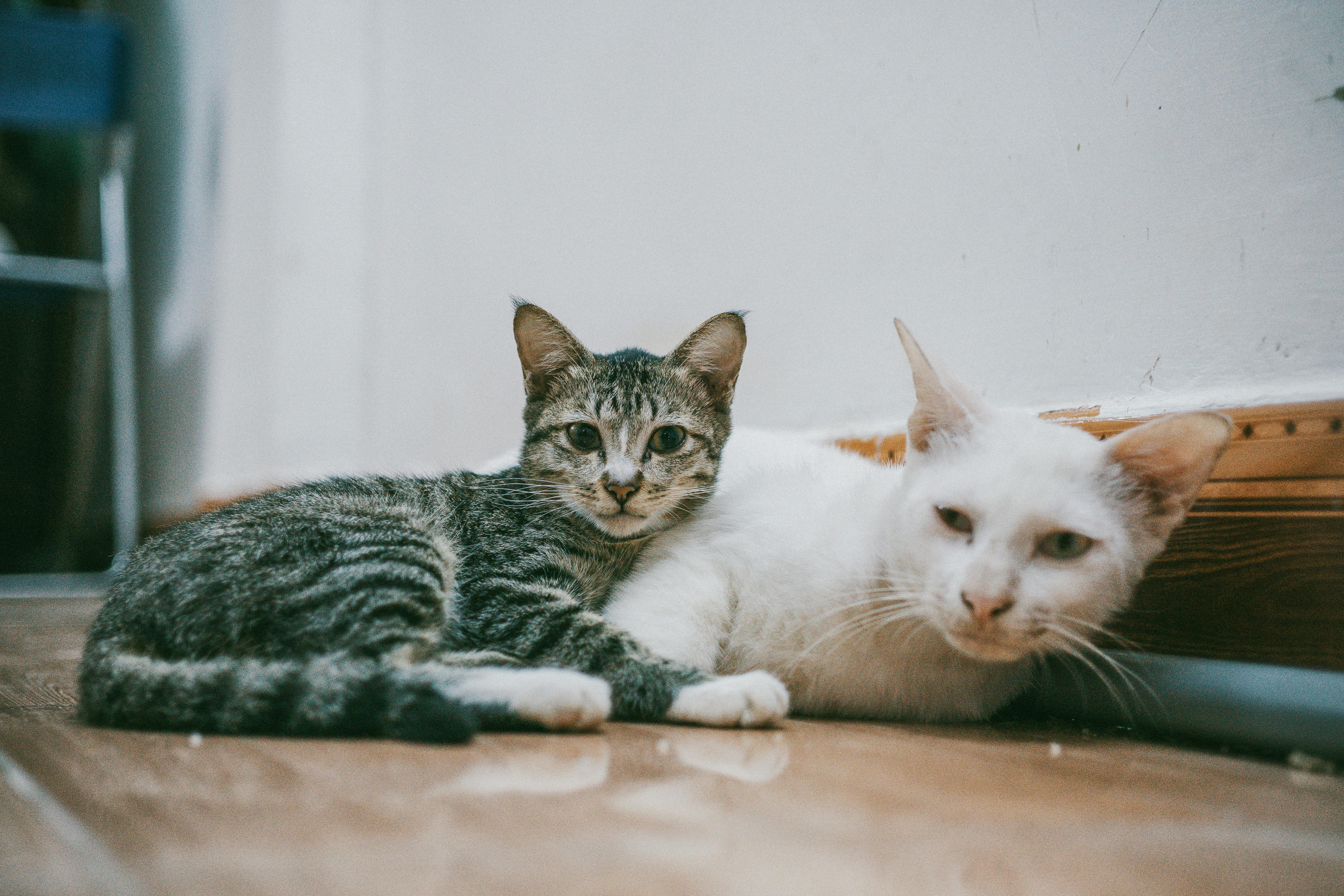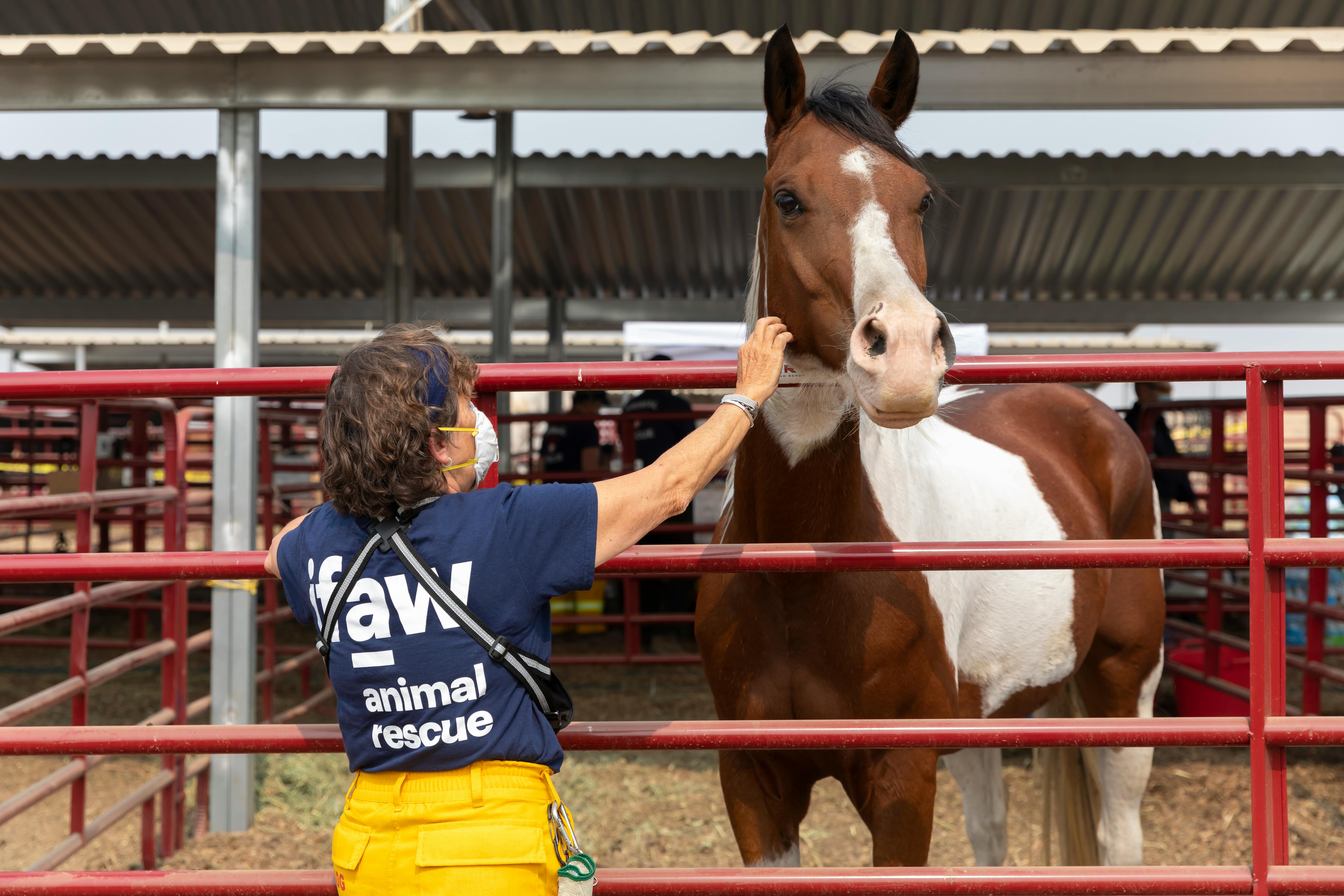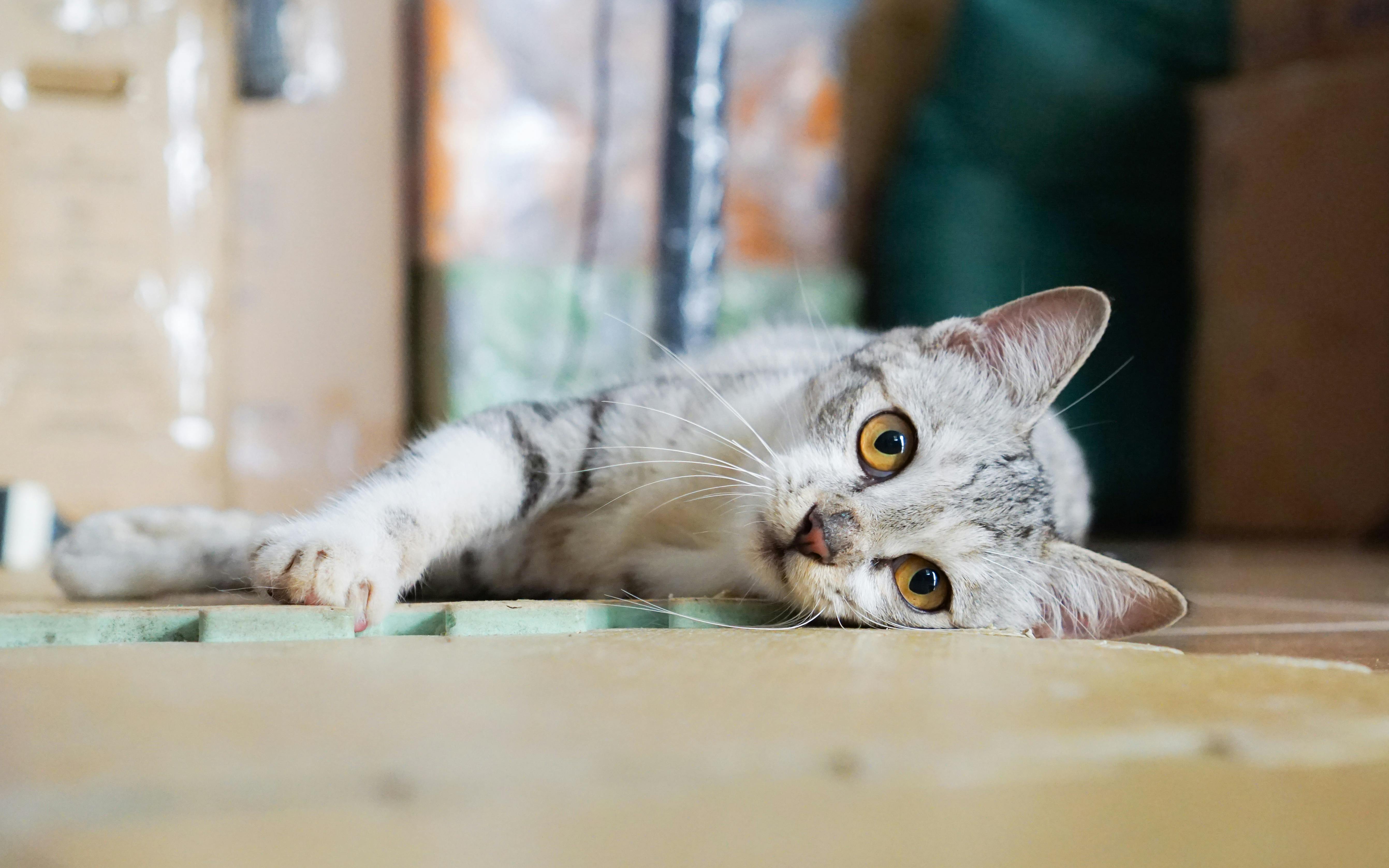It would be impossible to count how many times each summer a professional groomer is asked to shave a client’s dog in an attempt to make it cooler. Here in rural Montana, where the summers are scorching hot, I’ve gotten requests to shave just about every breed imaginable. It’s a common misconception that all dogs would automatically be cooler if they had less hair.
The first thing that is important to consider is what type of hair the dog has. All dogs can basically be divided into two groups. First of all we have those who need to get their hair cut on a regular basis, such as poodles, shih tzus, cocker spaniels, lhasa apsos, terriers, etc. Dogs in this group have hair that would continue to grow longer and longer until it was clipped. These breeds can be shaved with no problem. Removing excess fur by shaving it in hot weather will make it more comfortable and cool, and will not damage the dog’s coat. However, this is not the case with the second group.
This group of dogs is made up of all other breeds, long-haired or short-haired, whose hair grows to a single length and then stays at that length. These dogs tend to shed much more than the dogs in the first group. These include retrievers, Pomeranians, Great Pyranees, Chow Chows, Pugs, German Shepherds, Huskies, and the list goes on and on. Their fur acts as insulation against the elements and should never be shaved. After all, do you remove the insulation from your home in the summer to make it cooler? Absolutely not, and the same goes for these dogs too.
The coat of dogs in the second group consists of two different types of hair, a soft, downy undercoat, and coarser, coarser hairs called guard hairs. These two types of hair are actually designed to tangle and form a hard coat around the animal to keep its temperature regulated in extreme weather conditions. Without proper brushing and grooming on a regular basis, this often happens, leading the owner to the false conclusion that the coat needs to be shaved to keep the dog feeling fresher. However, shaving these dogs’ hair takes away their insulation from heat, which actually makes these dogs feel hotter and more uncomfortable. Shaving also makes them more prone to sunburn.
It’s important to understand that if you make the decision to go ahead and shave these types of dogs anyway, their coat will never be the same again. Shaving will change the coat forever. Hair not only grows back very slowly, but also grows back much softer and sparse. The coat color will also be different, as the hair will be at least two shades lighter than before.
One of the worst things about shaving a dog with this type of coat is that the dog can develop what we call clipper alopecia. In simple terms, it just means that the hair does not grow back. This is caused by a change in the guard hairs when they are cut. Clipper alopecia usually first develops in a patch on the dog’s back, located just in front of the tail. After shaving, only a thin layer of hair will grow back, usually reaching a maximum length of about a half inch. Dogs that develop this condition have coats that appear to be moth-eaten. This is not an attractive sight!
Okay, so what happens if you have a dog that is close to the skin and seems to be getting too hot in this mild climate? Seek the advice of a properly trained groomer to determine the best course of action. With the many miraculous grooming products on the market, many times these coats can be saved with a couple of intense grooming sessions and a little daily grooming effort on the part of the owner. This optimizes the dog’s coat to properly perform its insulation tasks. From time to time, the coat can’t really be repaired and actually has to be shaved to start over. Your hairdresser can help you with this decision and give you advice on how to avoid this situation in the future.
It is important to note that if you have a mixed breed dog, it can be difficult to determine which group the dog falls into. Most groomers can assess a dog’s coat after inspecting it to learn what group the dog is in and what course of action to take, the risks involved, etc.
As a former professional groomer, I strongly believe that it is the groomer’s responsibility to fully explain these things to clients who want to shave their dogs. It is important to share knowledge with customers in order to make the best possible decision for the pet in need of grooming.
COPYRIGHT 2008 Shannon Heggem




